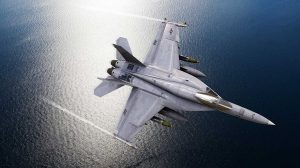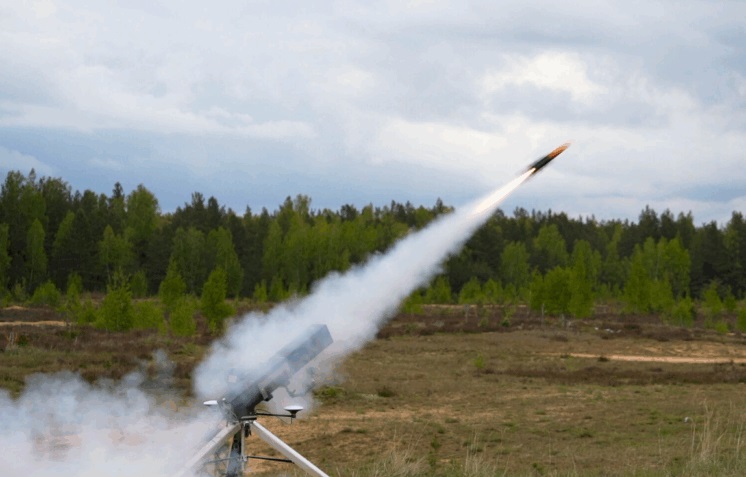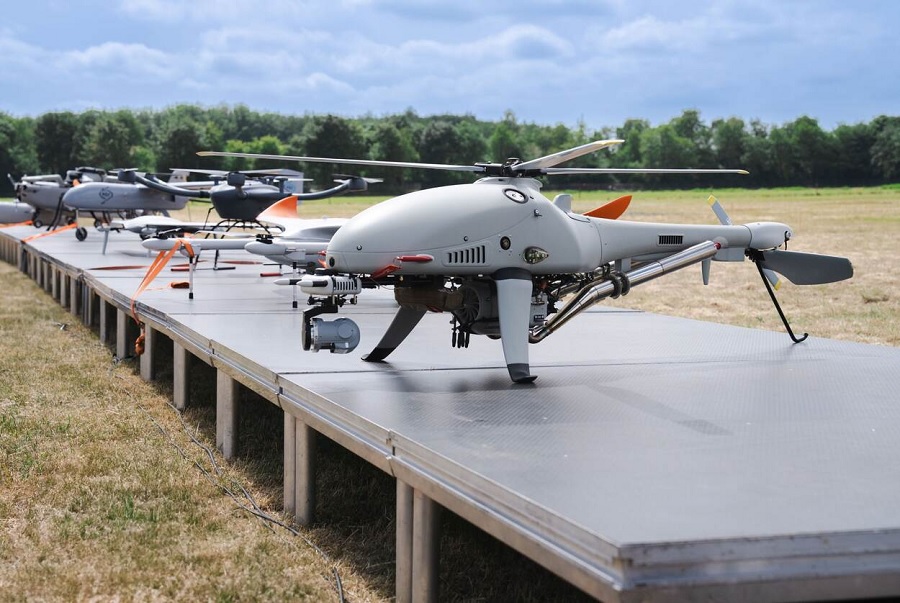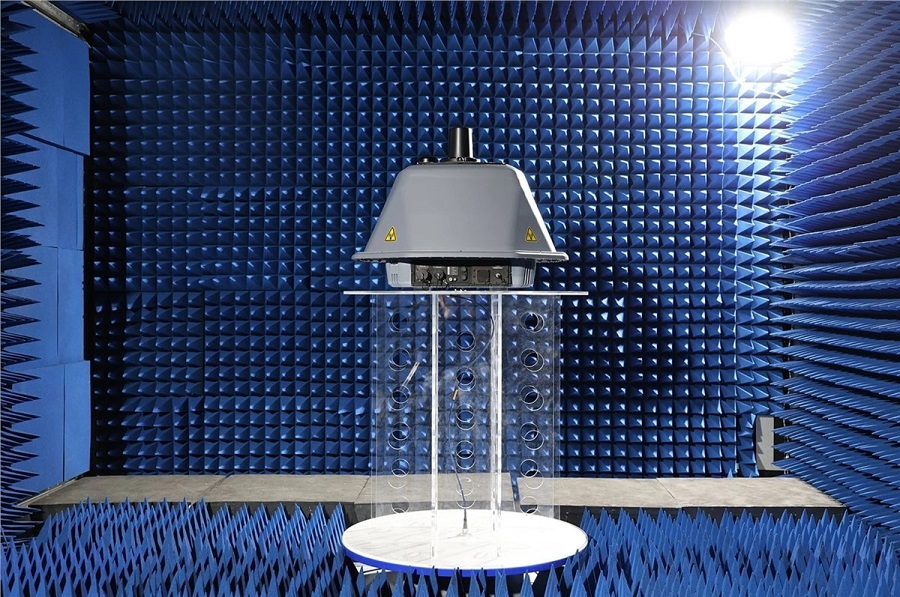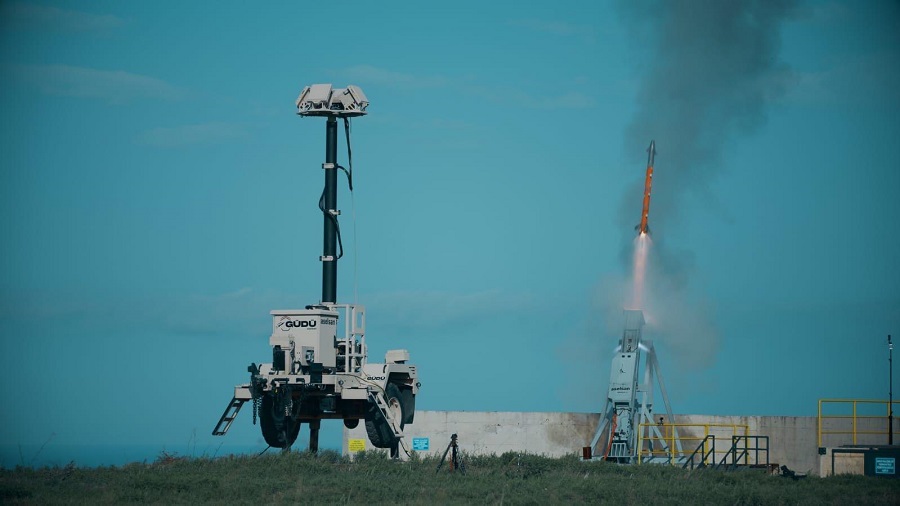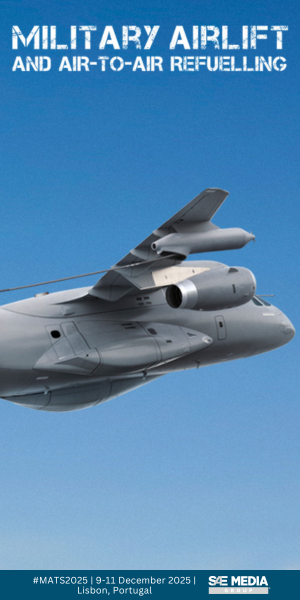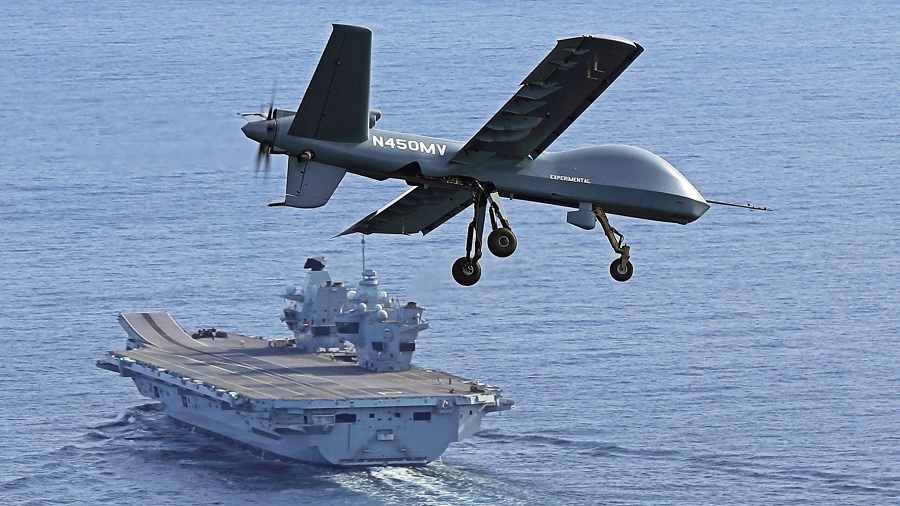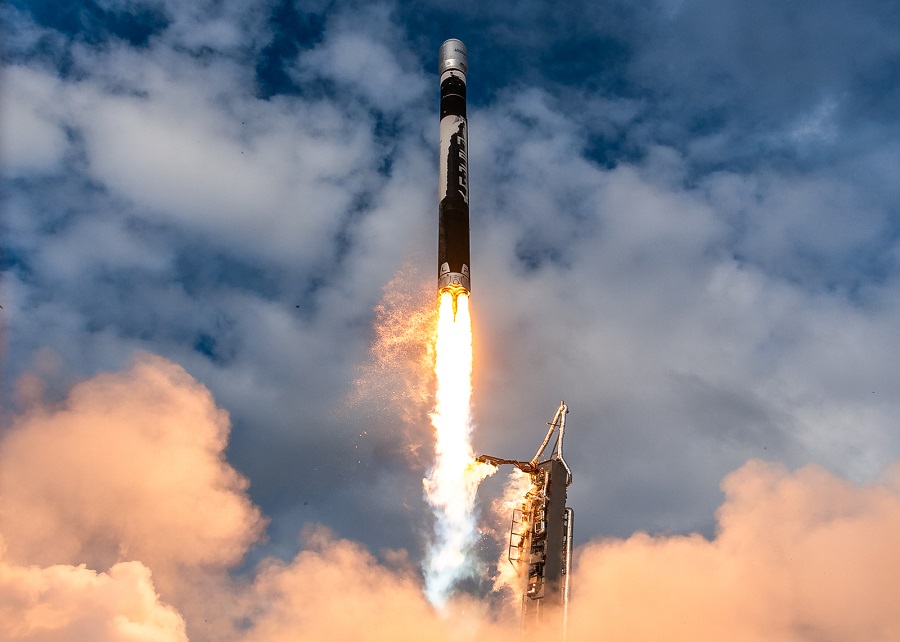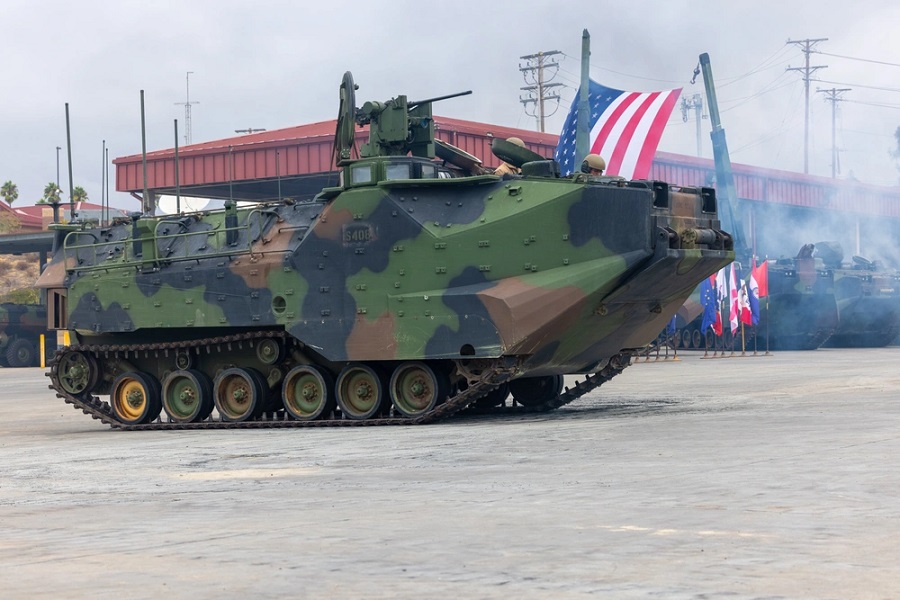The decision to move forward was made by U.S. War Secretary Pete Hegseth on Friday, one of the people said. The Navy could reveal the selected contractor as soon as this week, though past delays suggest last-minute obstacles remain possible, according to sources.
The Pentagon and the Navy did not respond to multiple requests for comment. The F/A-XX is expected to play a key role in strengthening U.S. naval air power amid growing competition with China, especially in the Indo-Pacific region.
“The holdups on F/A-XX highlight broader questions about the future of naval aviation and the role of aircraft carriers in confronting China,” one source said. Delays or insufficient funding risk leaving the Navy without a modern carrier-based fighter in the 2030s, potentially weakening its capacity to project force globally.
The F/A-XX is projected to include advanced stealth features, extended range and endurance, and compatibility with uncrewed aircraft and current naval air defence systems. However, internal debates and funding issues have slowed the programme’s progress.
A dispute between Congress and the Pentagon earlier this year delayed funding for the programme. While the Pentagon requested $74 million to maintain “minimal development funding,” some officials pushed for a delay of up to three years, citing concerns over engineering and supply chain limitations.
Congress, however, supported advancing the project. Lawmakers allocated $750 million for the F/A-XX in this summer’s major tax-cut and spending legislation, and earmarked an additional $1.4 billion for fiscal year 2026.
Beyond funding disagreements, concerns were raised about whether the two contractors could meet production demands. “Defense officials debated whether Boeing could employ enough engineers for the project after it was awarded a contract to build the U.S. Air Force’s F-47 jet in March,” sources said. “They also debated whether Northrop would strain under the ballooning costs of the Sentinel intercontinental ballistic missile program, aimed at replacing the aging Minuteman III missiles,” the sources added.
Key details about the F/A-XX programme, including the number of jets, contract value, and production timeline, remain classified. Comparable programmes like the F-35 have cost tens of billions of dollars over their lifespans.
While the Navy plans to purchase more than 270 F-35C jets from Lockheed Martin for its carrier fleet, the company was removed from the F/A-XX competition earlier this year. The first F/A-XX jets are expected to enter service in the 2030s, with the current F/A-18 fleet projected to remain in use into the 2040s.
Source: Reuters.








